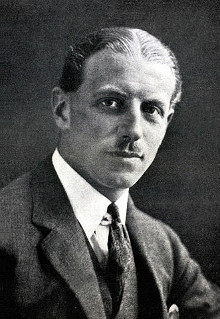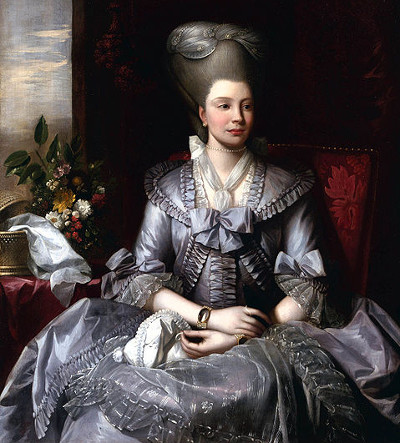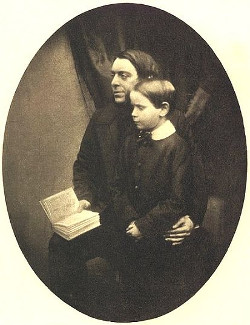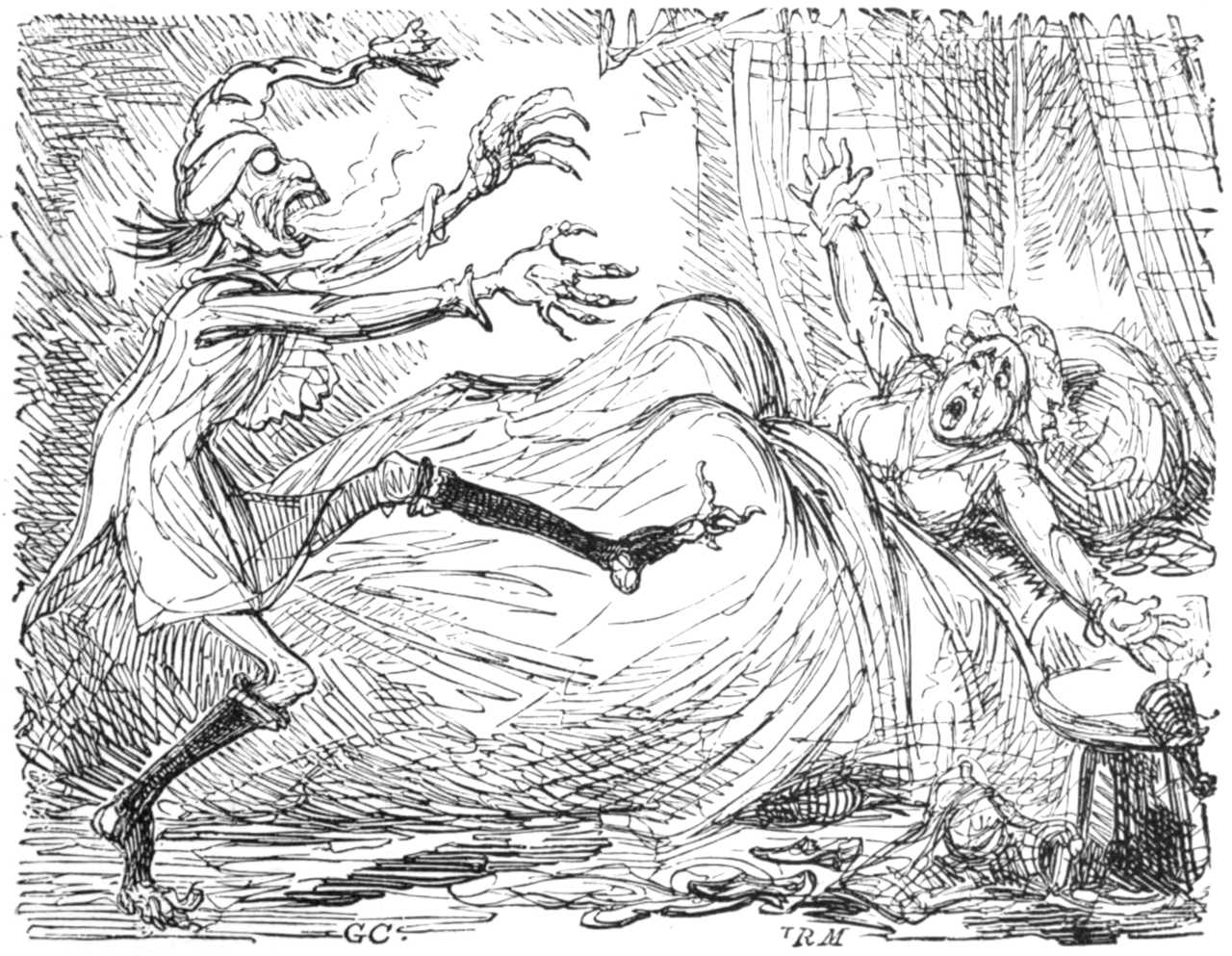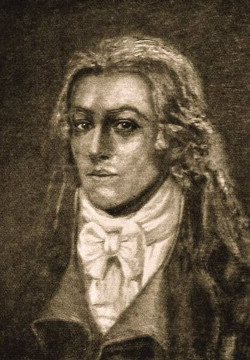
stridulous
adj. emitting a particularly harsh or shrill sound
tumultuary
adj. restless; agitated; unquiet
emportment
n. a fit of passion; anger, fury
bangstry
n. masterful violence
Of the numerous war scenes in operas of all ages, it is worth noting one in particular for its extraordinary tempo marking. The opera Sofonisba (1762) by Tommaso Traetta (or Trajetta) opens with a battle scene in which two oboes, two horns (pitched in C and D respectively), and a string band are instructed to play ‘Allegrissimo e strepitosissimo,’ literally, ‘very joyfully and with much animation and gaiety and extremely noisily and boisterously.’
— Robert Dearling, The Guinness Book of Music Facts & Feats, 1976



